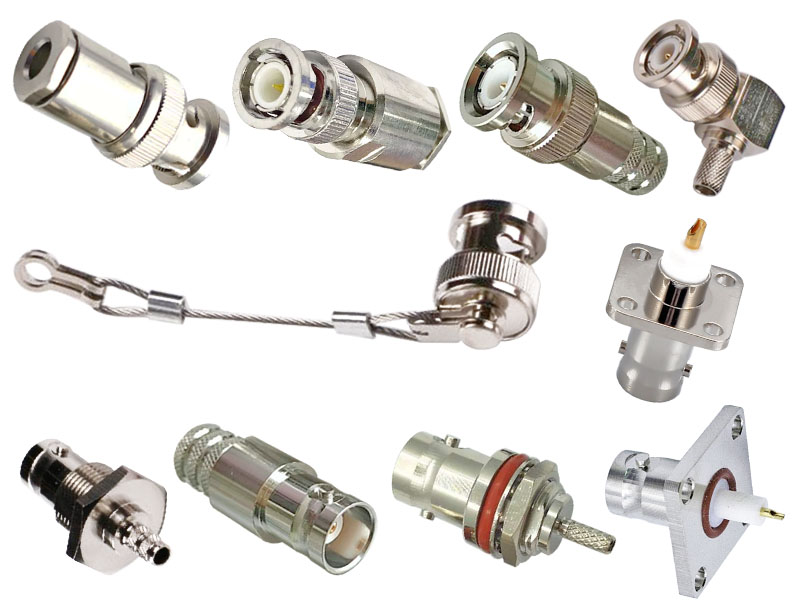-
We’re On Call 24/7 : +8613538296050
-
E-mail : anna@rohoconnector.com
We’re On Call 24/7 : +8613538296050
E-mail : anna@rohoconnector.com
In the world of connectors, the BNC (Bayonet Neill–Concelman) connector is widely used for its reliability and versatility. However, it's essential to understand that BNC connectors are available in two different impedance ratings: 50 ohm and 75 ohm. In this article, we will explore the structural differences between these two variants of BNC connectors and shed light on their respective applications.
Construction: The 50 ohm BNC connector consists of a cylindrical outer shell with a bayonet coupling mechanism. Inside the shell, there is a pin that serves as the center conductor and a cylindrical sleeve that acts as the ground connection. The pin and sleeve are both gold-plated to ensure optimal signal transmission.
Impedance Matching: The 50 ohm BNC connector is designed to maintain a 50 ohm impedance throughout the transmission line, allowing for efficient signal transfer and minimizing reflections or signal loss.
Applications: Due to its low impedance, the 50 ohm BNC connector is commonly used in high-frequency applications, such as data transmission, video surveillance, and RF (Radio Frequency) testing.

Structure: Similar to the 50 ohm variant, the 75 ohm BNC connector comprises a bayonet coupling mechanism and a cylindrical outer shell. However, the pin and sleeve structure is different. The pin in the 75 ohm BNC connector has a smaller diameter, while the sleeve has a larger diameter compared to its 50 ohm counterpart.
Impedance Matching: The 75 ohm BNC connector ensures accurate 75 ohm impedance matching throughout the transmission line, reducing losses and maintaining signal integrity, particularly in video applications.
Applications: The 75 ohm BNC connector is extensively used in the broadcast industry, video production, cable TV, and CCTV systems, where high-quality video signals need to be transmitted over coaxial cables.
While both the 50 ohm and 75 ohm BNC connectors share a similar design, they differ in terms of impedance matching and application. The 50 ohm variant is suitable for high-frequency applications, such as data transmission and RF testing, while the 75 ohm variant excels in video and broadcast applications. Understanding these structural differences is crucial when selecting the appropriate BNC connector for your specific needs, ensuring optimal signal performance and compatibility.